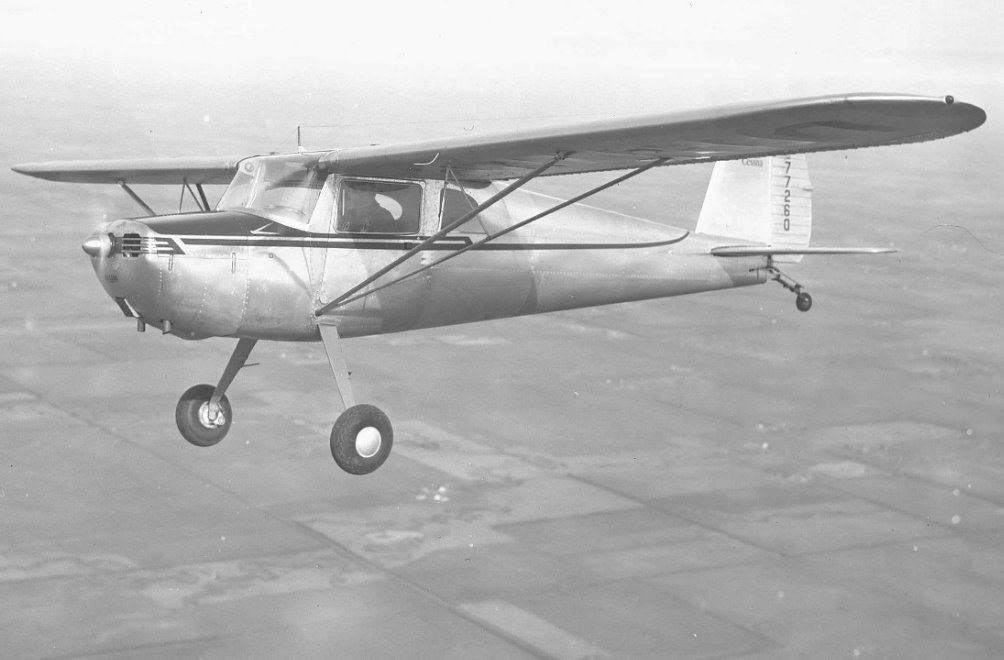I'm going to clamp the 2 blocks together and use the hole saw to cut down the split between them 1/4" from the edge. Since the 3/4" hole saw will cut past the edge I need a pilot hole to assure it goes straight through the blocks. The easy way to assure the hole is straight and square is to cut it with the table saw with half the width into each block. The fence is set to center the cut 1/4" from the edge and the blade is set 1/16" deep.
The 2 blocks are clamped together with the bottom and side faces lined up. The square cut hole is drilled out to 7/32" diameter. The drill on the cutter is 1/4" so this will leave a little for the drill to assure it fits tight as the cutter saws down through the block. The teeth on the saw have set, so the body of the saw won't help pilot it through the hole.
The cut is started with the block setting on the metal table to assure it is as square as possible. Half way down a piece of smooth plywood is set under it to allow the drill and cutter to clear the end of the block. The adjustable wrench is there as a stop to prevent the block spinning, which would be a major disaster. This all worked perfect and turned out to be quicker than I dreamed possible. The gap helped clear the chips.
The points at the open end need to be removed to leave a flat area for the rivets which is also parallel to the bottom surface. Back to the table saw. I should have made a holding block for this cut. It didn't look this unsafe when I did it. The blade is 1/8" from the fence and 1/4" deep. it worked great.
The blocks were then band sawed in half and and squared up with the belt sander.
A piece of 1/16" aluminum angle was cut off to use as a jig for locating the rivet holes and the pivot hole. By clamping the block against the side, and with the end lined up with the edge both rivet holes can be center punched with the 1/8" punch.
The center punched holes are then punched with the 1/8" Whitney punch.
By clecoing the part back in the fixture, the center of the pivot hole can be punched with the 3/16" punch. Because this hole will be drilled I center punched the mark to improve the drill centering. We tend to call a spring loaded punch a center punch but they really are prick punches. The center punch has an included angle the same as a drill. The prick punch is a much sharper angle so it will make a more accurate mark. Because the center punch angle is the same as the drill it will keep the drill from wandering better than a prick punch.
Another help to an accurate hole is to use the center drill until the hole edge is about 1/16" deep. Then the standard twist drill can be used to drill through withe a good hole. Once the part is finished this hole will be drill out from 3/16" to 13/64" to give the pin some clearance to pivot easily.

To finish the shape the same method of pivoting on a bolt is used as in making the false rib tool for the Waco Nine project. The parts are all done. Clevis pins will be used for the outboard and center pivots. The inboard pivot was a rivet. The clevis pin won't fit so I still need to solve that and paint the steel parts. It all the parts fit and work as planned. I could have bought these assemblies from Univair for $286 each. Clearly this was more fun and may have even been cheaper even allowing for my labor because I Built 4 latches.























No comments:
Post a Comment